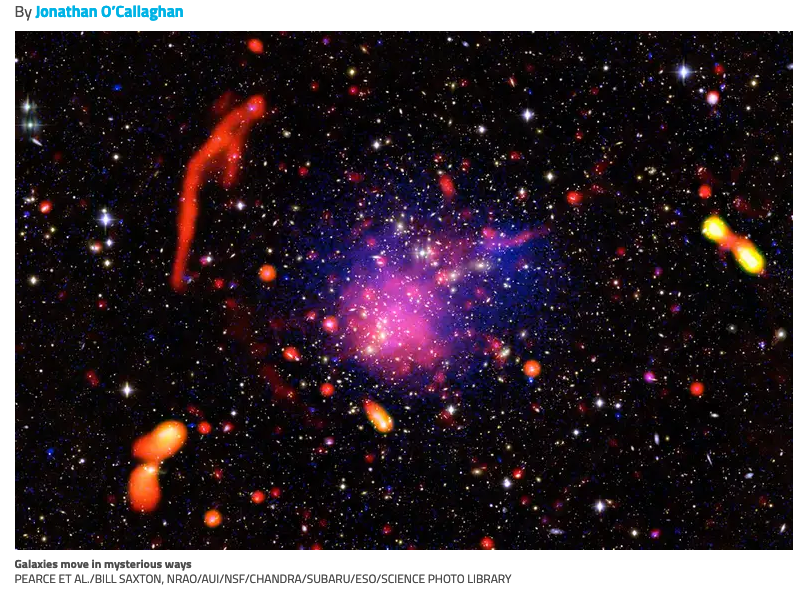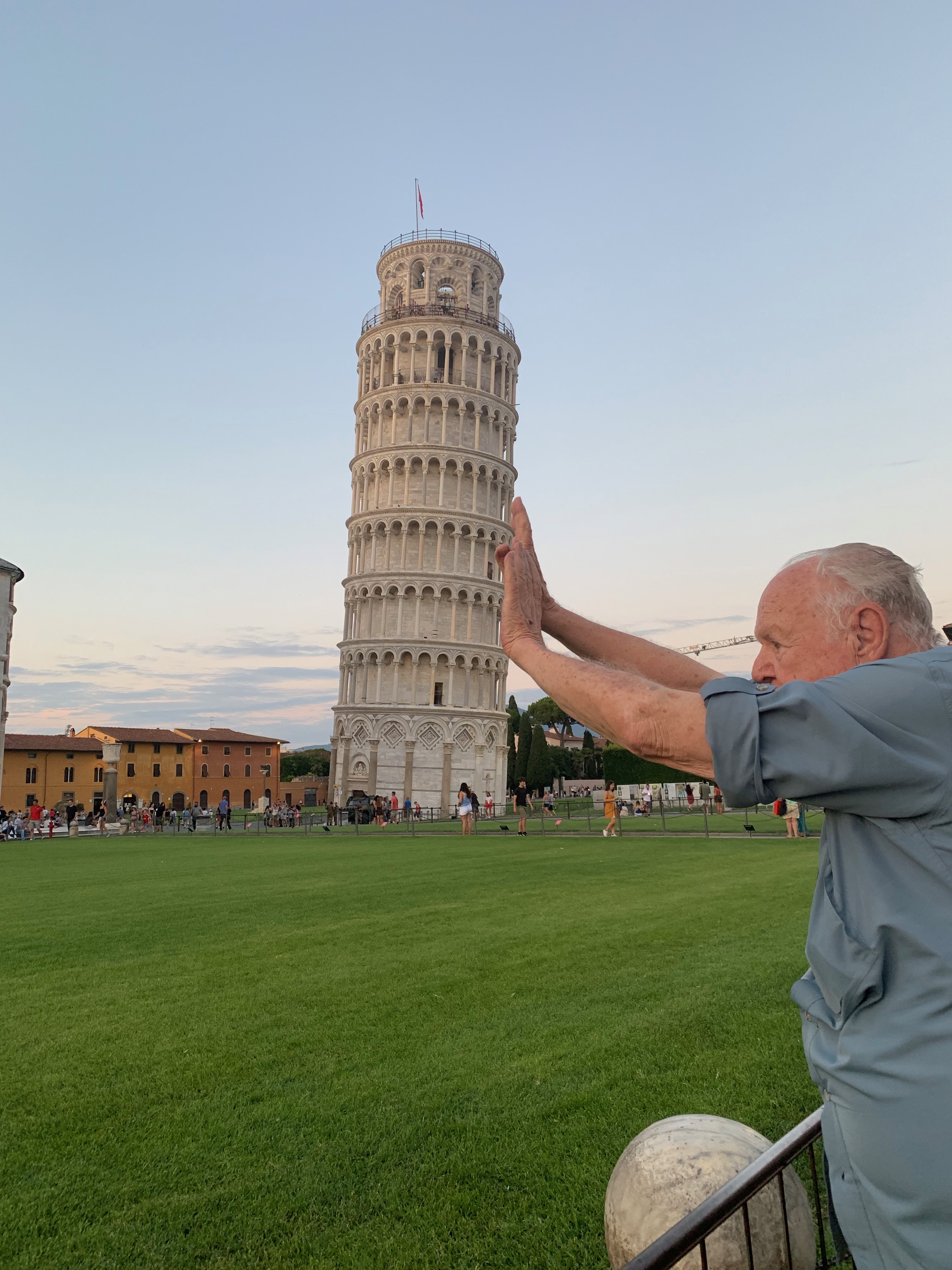
Joon Hyeop Lee at the Korea Astronomy and Space Science Institute (KASI) in Daejeon, South Korea, and his colleagues measured the rotation of 445 galaxies located within 400 million light years of Earth and found that the rotation of each galaxy was linked to the motion of tens of thousands of neighbouring galaxies.
Astronomers say they have spotted an intriguing link between galaxies separated by large distances, pointing to the existence of a vast structure underlying the universe known as the cosmic web.
“We found that the direction of the rotation of those galaxies was coherent with the motion of their neighbours,” says Lee.
Essentially, the rotation of the galaxies seems to match the direction of motion of the neighbouring galaxies. If a galaxy is rotating towards us, its neighbours are also moving towards us, and the same is true for galaxies rotating and moving away.
This link doesn’t seem to be explained by direct interaction between the galaxies, because they are too far from each other for that to occur, at distances of up to 20 million light years.
The team suggests that this influence is evidence for the existence of large-scale structure within the cosmic web, theorised filaments of material pervading the universe. The galaxies that appear to have a shared motion may be located on similar strands, or filaments, of this web.
Read more: Unweaving the cosmic web: Relativity goes large
The idea of a cosmic web isn’t entirely new. Earlier this month, for example, scientists said they had detected the faint traces of filaments of hydrogen extending between galaxies forming this web. At the points where these filaments cross, galaxy formation appears to take place.
But Lee’s research shows the possible effects of this web acting on a much larger scale. “If the [measurement] is real, then on these scales it has to be something do with the dynamics of the large-scale structure,” says Rory Smith, who is also at KASI but wasn’t involved in the research.
This evidence for the cosmic web isn’t conclusive, says Michele Cappellari at the University of Oxford. He says it is possible the galaxies may have just formed in the same environment and retain some signs of those initial movements.
“We know that galaxies don’t just form randomly in different places in space,” he says. “They form from big clouds of material and gas. Then you do expect some correlation between the rotation of the galaxies.”
Lee says that further research is needed to confirm if this link
between the galaxies really is indicative of large-scale structure.
Read more: https://www.newscientist.com/article/2220797-distant-galaxies-moving-in-sync-hint-at-cosmic-web-across-the-universe/#ixzz63HXeJG36
